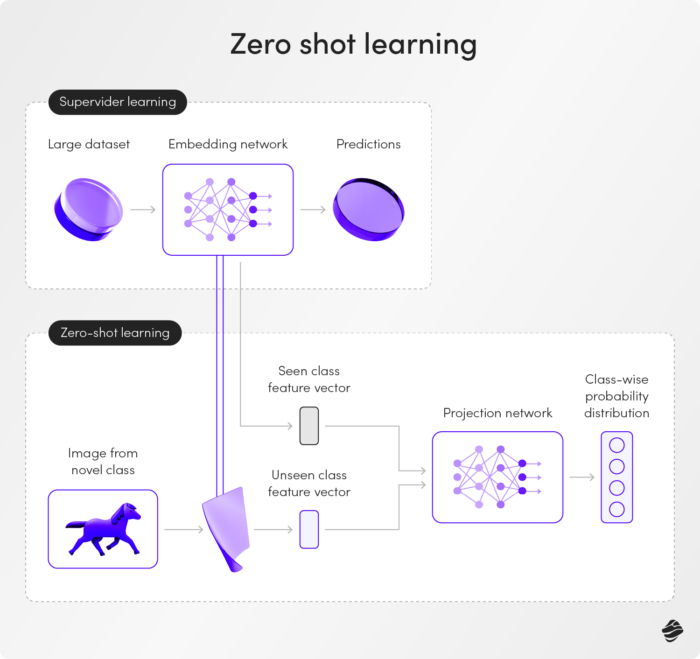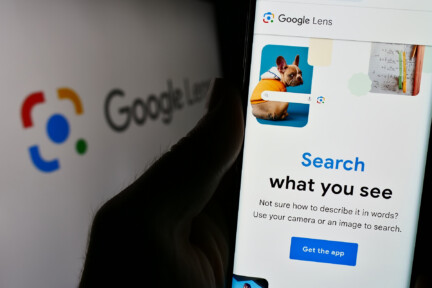- Home
- AI Glossary
- Zero Shot Learning Definition


Zero Shot Learning Definition
Zero Shot Learning Definition
What is Zero Shot Learning?
Zero-shot learning (ZSL) is a machine learning technique that enables models to recognise and classify objects or categories they have never encountered during their training. In conventional machine learning, models are trained and tested on samples from the same set of classes. Zero-shot learning deviates from this norm by testing the learner on samples from classes not observed during training, thus predicting the class they belong to.
Zero-shot learning bridges the gap between known (seen during training) and unknown (unseen during training) classes. It leverages auxiliary information like semantic relationships or attributes learned from the training data. For instance, a deep learning model trained to classify lions and tigers can accurately classify a rabbit using zero-shot learning, even though it hasn’t been exposed to rabbits during training. This is achieved by utilising semantic relationships or attributes (like habitat, skin type, and colour) associated with the classes.

Zero Shot Learning Techniques
There are various techniques within zero-shot learning to address specific challenges:
- Attribute-based zero-shot learning involves training a classification model using specific attributes of labeled data, such as colour, shape, size, etc. The model can then infer the label of new classes if they resemble the attribute classes in the training data.
- Semantic embedding-based zero-shot learning uses vector representations of attributes in a semantic space. These embeddings are learned from labeled data and associated with specific classes during training.
- Generalised Zero-Shot Learning (GZSL) extends traditional ZSL by training models on known and unknown classes. This method often includes domain adaptation to repurpose a pre-trained model for a different unlabeled dataset.
- Multi-Modal ZSL combines information from multiple data modalities (text, images, videos, audio) to predict unknown classes, extracting semantic embeddings and learning valuable associations from this data.
Applications of zero-shot learning are particularly prominent in computer vision tasks like image search, image captioning, semantic segmentation, and object detection, providing significant advancements in areas where labeled datasets are limited or unavailable.
Ready to discover more terms?





